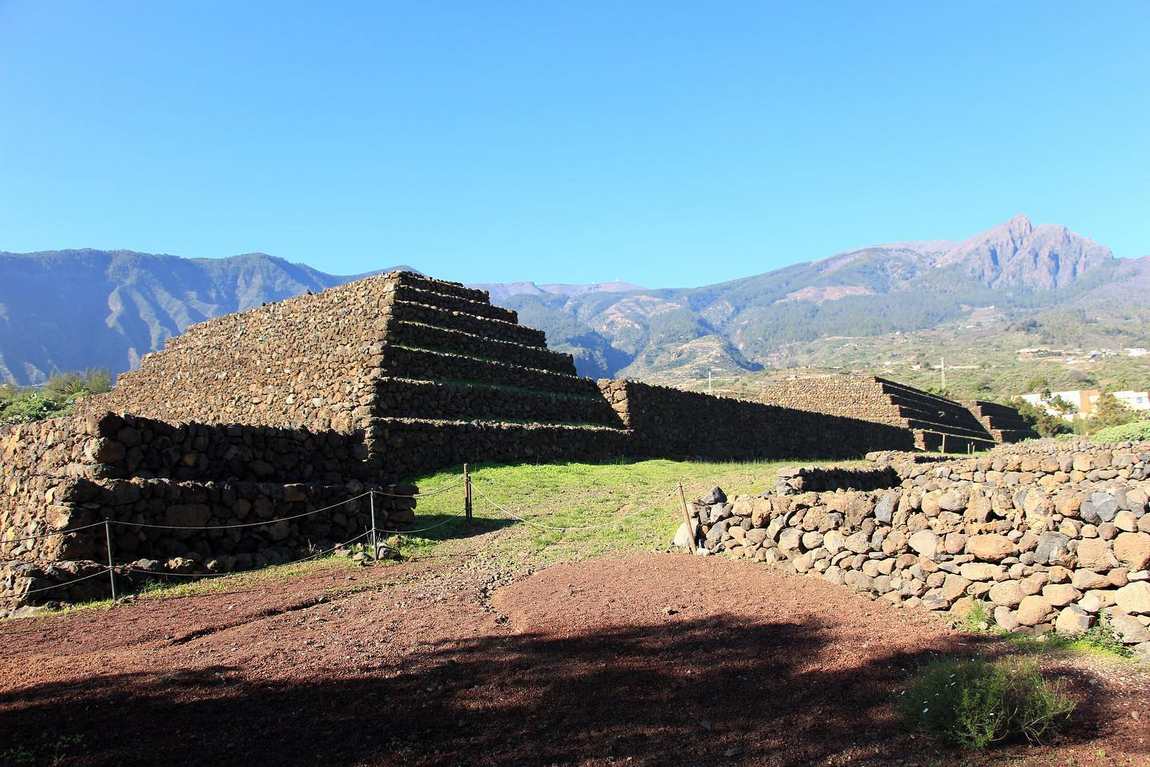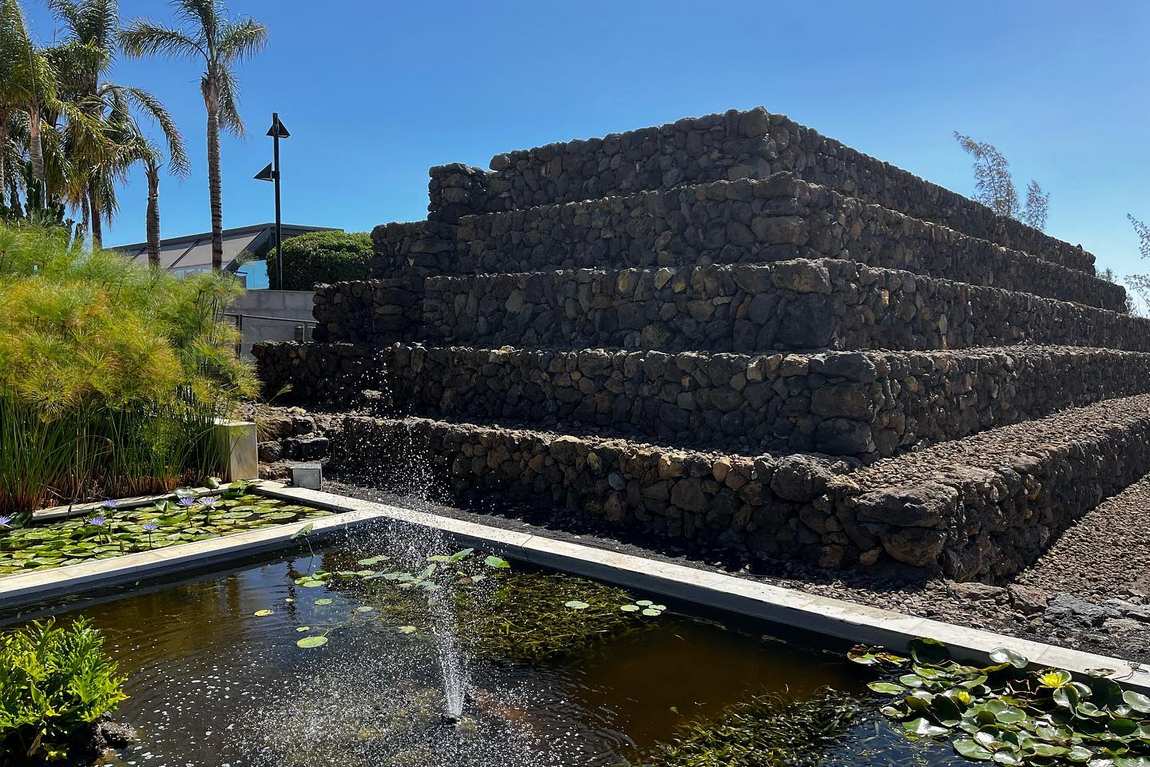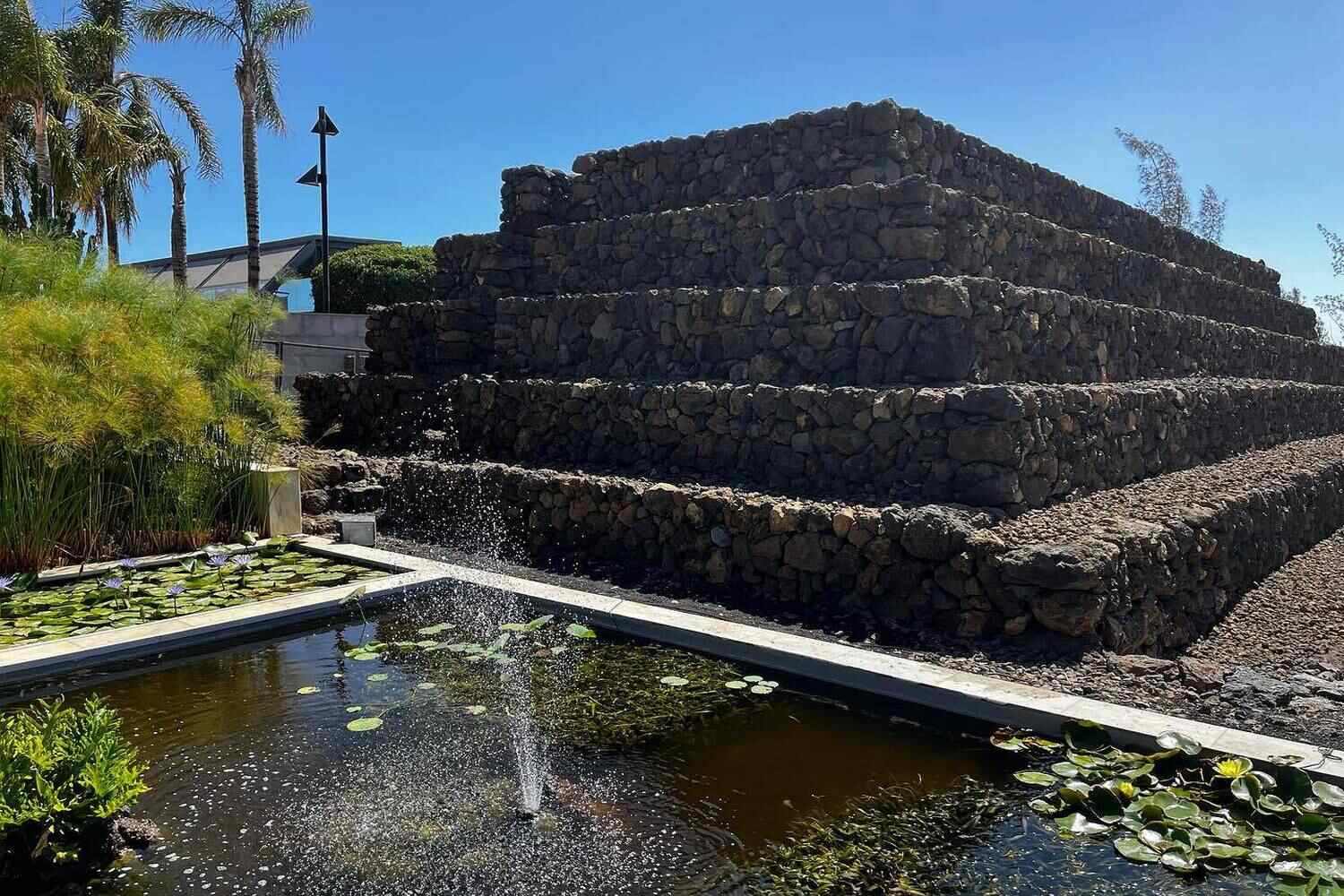Remembering the pyramids, the Egyptian ones always come to mind first. But it turns out that Spain also boasts such an unusual attraction. We are talking about the pyramids of Guimar in Tenerife. They were discovered by the legendary explorer and traveller Thor Heyerdahl, who, in 1991, in company with his friend, set up an entire ethnological park in the place of his unique find.
Step pyramids are located in the southeastern part of the island. There are six of them in total, and there is still heated debate about the nature of their occurrence. In particular, many researchers believe they were created by local farmers whose primary job was cultivating land. Finding stones of various shapes in the ground, they piled them outside the sites, and, thus, over long decades of work, huge stone structures were formed in these places.

The researchers failed to determine the age of the pyramids and answer the question — who built them after all? But one fact was nevertheless proven: Guanches lived under one of the pyramids — the indigenous aborigines of the Canary Islands.
Today, in the Pirámides de Güímar park, everyone can get acquainted with this unique attraction and learn many interesting facts that will interest adult tourists and children. An information centre operates on the complex's territory, where visitors can get an answer to almost any question regarding the pyramids and the work of the park itself with its three main routes. Specially designed excursion routes allow guests to get all the necessary information about this place.
The first way is the botanical route. The gardens in the Pirámides de Güímar ethnographic park are one of its main decorations. They occupy an area of about 2 hectares, on which about 30 species of representatives of the flora of the Canary Islands have spread their green branches.

The second route is the export route, where visitors with children learn about the products that were once the primary export to other countries. These include tomatoes, bananas, sugarcane and, of course, wine.
The third path is a cultural route, a relatively new continuation of the ethnographic park. After passing it, you and your young tourist will learn many exciting things about the local culture and life. You will be told about agriculture, fishing, animal husbandry, water extraction and handicrafts, and will be introduced to mythology, sports, church culture and much more.
One of the main attractions of this place is a life-size model of Thor Heyerdahl's papyrus boat. On his legendary Ra-II, the great traveller crossed the Atlantic.
The park has a children's recreation area with a playground and a cafeteria.











